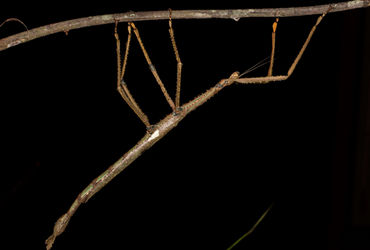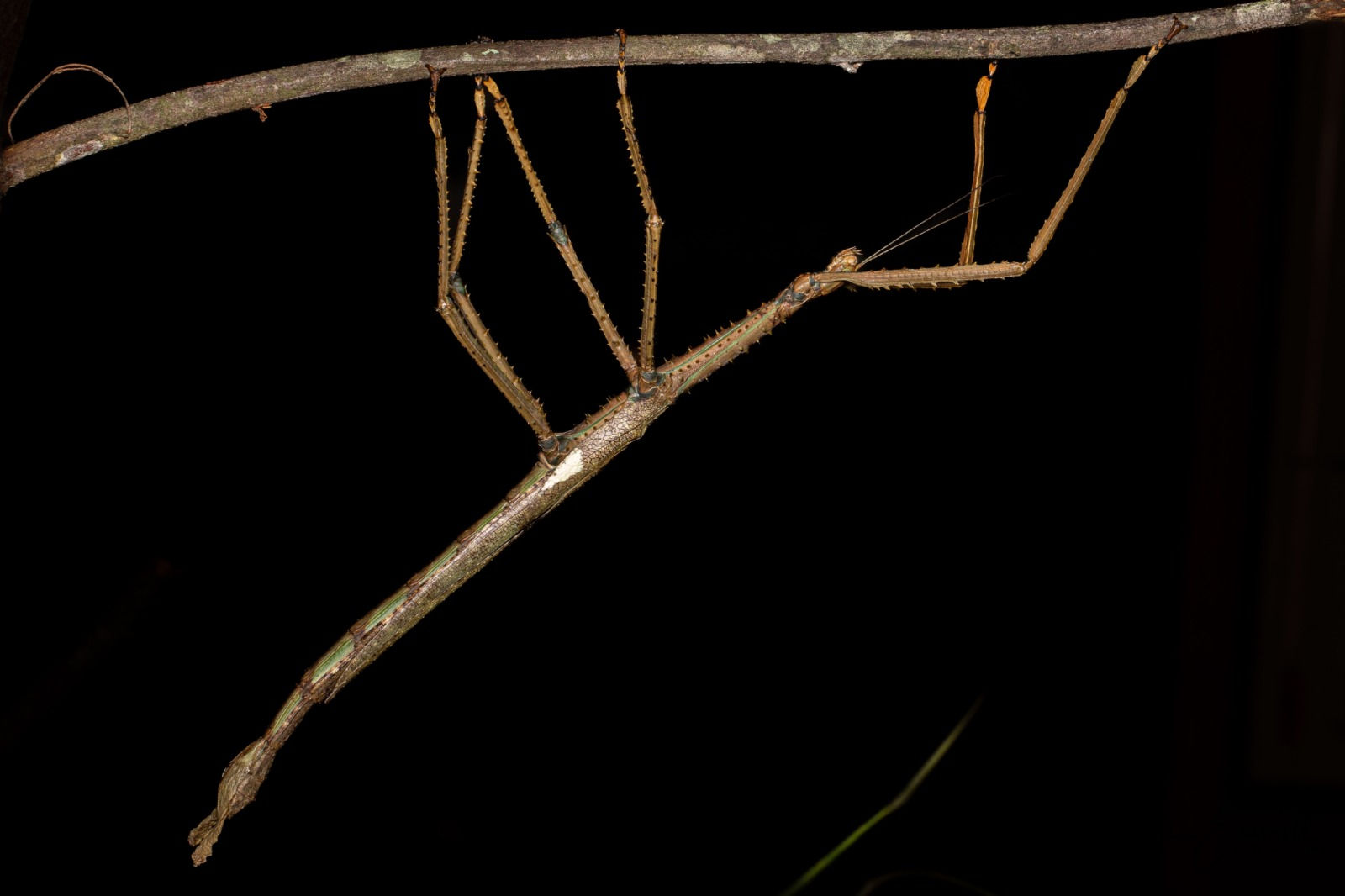JCU scientists identify Australia’s heaviest insect in remote rainforest canopy
In a remarkable scientific discovery, researchers from James Cook University (JCU) identified a new species of giant stick insect — Acrophylla alta — believed to be Australia’s heaviest insect, weighing around 44 grams.The identification was led by Professor Angus Emmott of JCU, who said that there are longer stick insects in the region, but this is Australia’s heaviest till date, notes university website.Measuring about 40 centimetres in length, the insect was distinguished as a new species largely due to the unique characteristics of its eggs.As per the university website, Acrophylla alta is restricted to a small, high-altitude rainforest region, living high up in the canopy. According to Prof Emmott, “Unless you get a cyclone or a bird bringing one down, very few people get to see them.”Interestingly, their cool and wet environment may also explain the insect’s unusually large body mass. “Their body mass likely helps them survive the colder conditions, and that's why they've developed into this large insect over millions of years,” Professor Emmott added.Two specimens have now been added to the Queensland Museum, where they will support future taxonomic research and conservation efforts, said the university website.


In a remarkable scientific discovery, researchers from James Cook University (JCU) identified a new species of giant stick insect — Acrophylla alta — believed to be Australia’s heaviest insect, weighing around 44 grams.
The identification was led by Professor Angus Emmott of JCU, who said that there are longer stick insects in the region, but this is Australia’s heaviest till date, notes university website.
Measuring about 40 centimetres in length, the insect was distinguished as a new species largely due to the unique characteristics of its eggs.
As per the university website, Acrophylla alta is restricted to a small, high-altitude rainforest region, living high up in the canopy. According to Prof Emmott, “Unless you get a cyclone or a bird bringing one down, very few people get to see them.”
Interestingly, their cool and wet environment may also explain the insect’s unusually large body mass. “Their body mass likely helps them survive the colder conditions, and that's why they've developed into this large insect over millions of years,” Professor Emmott added.
Two specimens have now been added to the Queensland Museum, where they will support future taxonomic research and conservation efforts, said the university website.
What's Your Reaction?



















































































